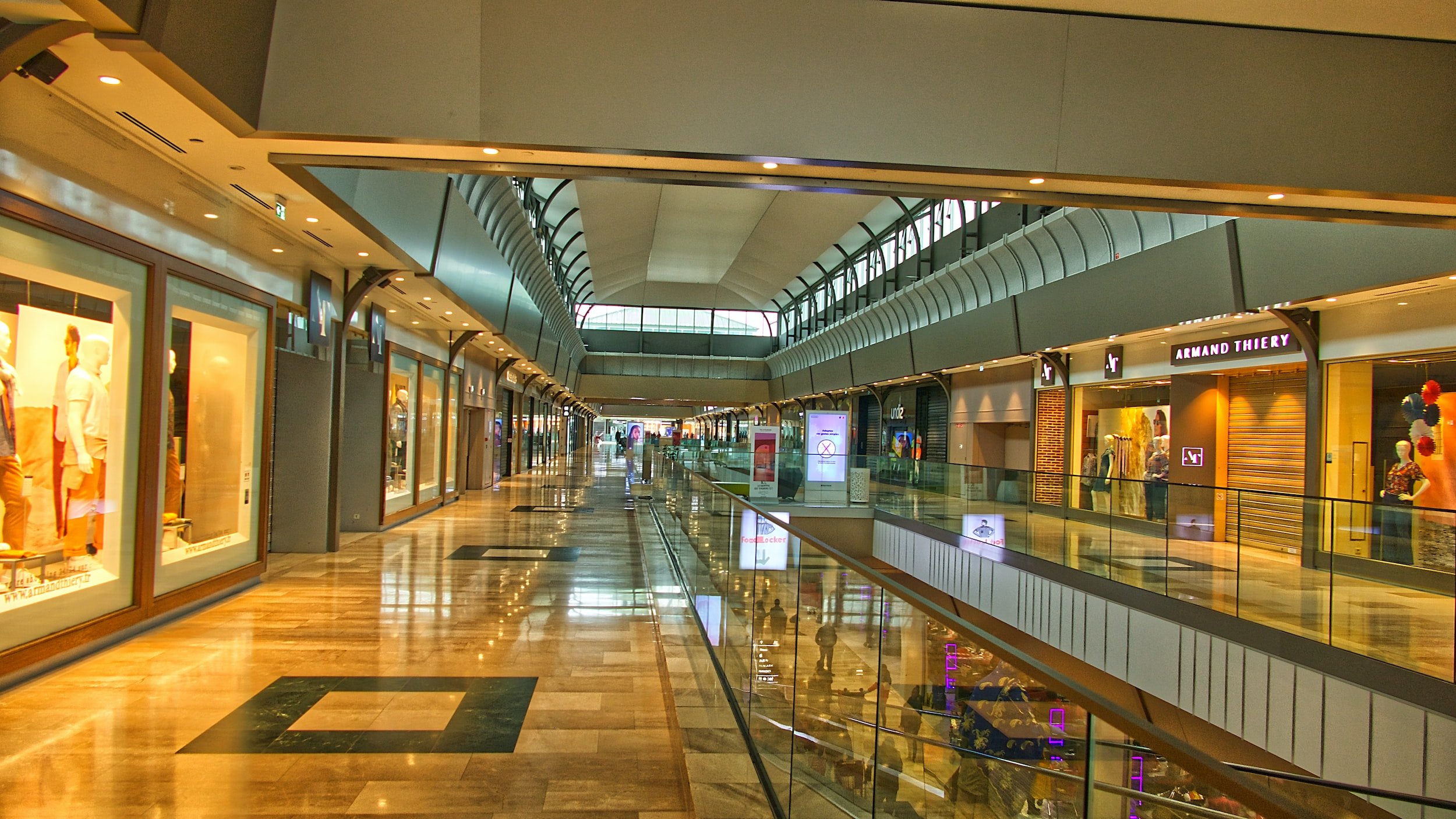Adaptive Reuse of Shopping Malls
Shopping malls have long been a staple of American retail, offering consumers a one-stop shopping experience for all their wants and needs. However, with the rise of online shopping and changing consumer habits, many malls have experienced decline and decreased usage. While some malls have been demolished (partially or totally) to make way for new developments, others are being transformed through adaptive reuse.
Adaptive reuse involves repurposing existing buildings for a different use, while maintaining the structure. This trend has seen a number of malls being transformed into residential spaces or just different types of retail and office.
One of the more notable examples of adaptive reuse in Minnesota is the transformation of the Southdale Center in Edina. Originally opened in the 1950s, Southdale is considered to be the first fully enclosed shopping mall in the United States. In recent years, the mall has undergone a major renovation, converting about 250,000 square feet of vacant retail space into a mixed use development. For more information on the Southdale-Lifetime Redevelopment, click here.
Adaptive reuse is becoming an increasingly popular solution for shopping malls that have fallen into disrepair. By converting these buildings into more usable spaces, we can provide more community space and housing while preserving existing buildings. With its cost-effectiveness, sustainability and revitalizing impact on communities, adaptive reuse is a great solution!
To learn more about adaptive reuse in shopping malls, check out this article by Smart Cities Drive for a great overview.

